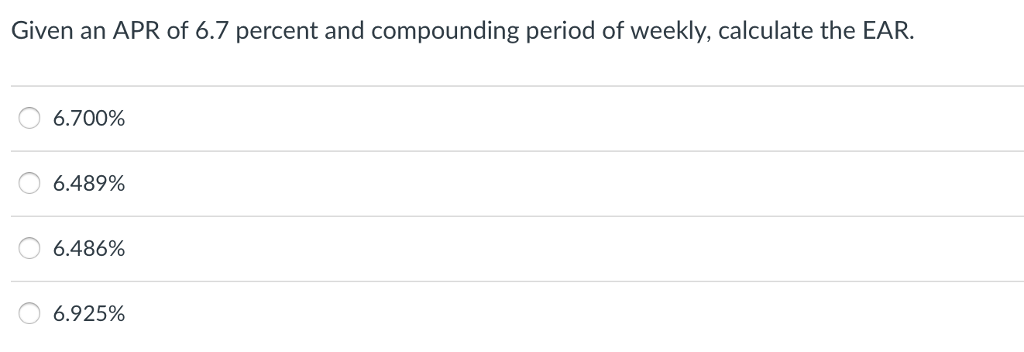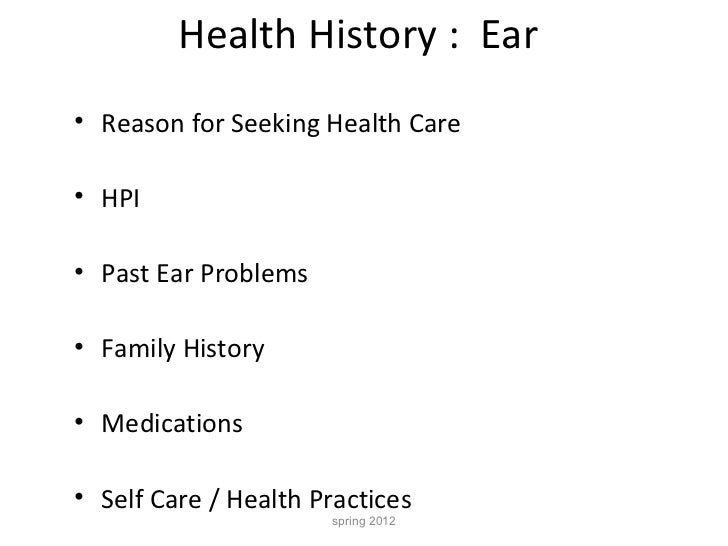

In this case, at the end of the year, you will receive 100 ∗ ( 1 + 0.005 ) 12 = 106.17 dollars, which is larger than if it is compounded once per year: 100 ∗ ( 1 + 0.06 ) 1 = 106 dollars. This means the nominal annual interest rate is 6%, interest is compounded each month (12 times per year) with the rate of 6/12 = 0.005 per month, and you receive the interest at the end of each month. If the interest is compounding monthly, then the interest is compounded 12 times per year and you would receive the interest at the end of the month.įor example: assume you deposit 100 dollars in a bank account and the bank pays you 6% interest compounded monthly. For example, if the financial agency reports quarterly compounding interest, it means interest will be compounded four times per year and you would receive the interest at the end of each quarter. In that case, the interest rate would be compounded more than once a year. For example, if you deposit 100 dollars in a bank account with an annual interest rate of 6% compounded annually, you will receive 100 ∗ ( 1 + 0.06 ) = 106 dollars at the end of the year.īut, the compounding period can be smaller than a year (it can be quarterly, monthly, or daily). If the interest rate is compounded annually, it means interest is compounded once per year and you receive the interest at the end of the year. This is called simple interest, nominal interest, or annual interest rate. Usually, financial agencies report the interest rate on a nominal annual basis with a specified compounding period that shows the number of times interest is compounded per year. It shows the effective annual interest rate concept clearly.Nominal, Period and Effective Interest Rates Based on Discrete Compounding of Interest After one year, how much would you pay to the bank? Assume that you have not paid anything to your bank by this time. And they also mentioned that your interest would compound monthly. The bank has told you that their interest rate (stated rate or annual percentage rate) was 12%. What Is the Effective Interest Rate (EIR) or Annual Equivalent Rate (AER)?įor example, you went to a bank for a loan of $10,000.
Apr and ear practice problems how to#
Read More: How to Calculate Interest Rate in Excel (3 Ways) The VLOOKUP functionsearches through the Values array in another sheet to find out the value “Quarterly” and returns the value of the 3rd column of the row which is 4in this case. This argument denotes the number of payments per year. We have used the VLOOKUP function to pass the npery argument of the Effective function. Consequently, you will get an effective interest rate.In this instance, we will select the Quarterly rate of compound interest.From the drop-down list, select the period by which your interest will be compounded.Then, go to the “Interest Compounded” box.Firstly, select the C4 cell and write down the required nominal rate.We have built a calculator based on the data table with data providing the number of payments for a particular compounding period.

In the final method, we will use an effective interest rate calculator to accomplish the task.

Calculate Future Investment Value with Inflation, Tax and Interest Rates.Read More: Nominal vs Effective Interest Rate in Excel (2 Practical Examples)


 0 kommentar(er)
0 kommentar(er)
